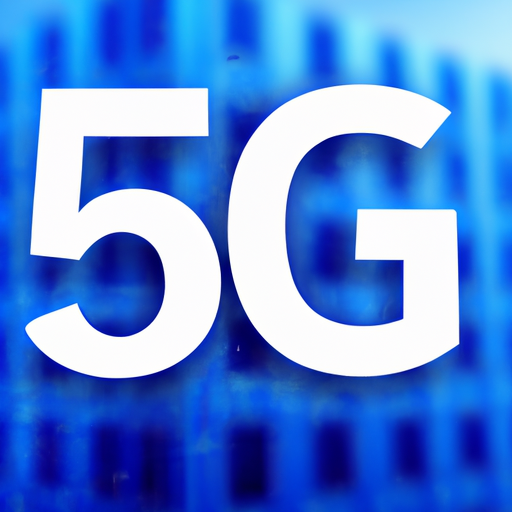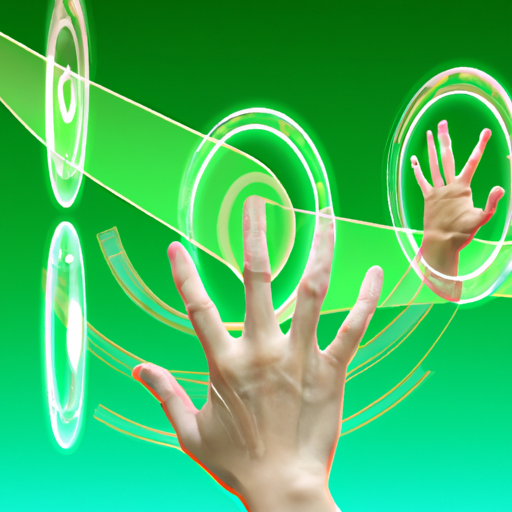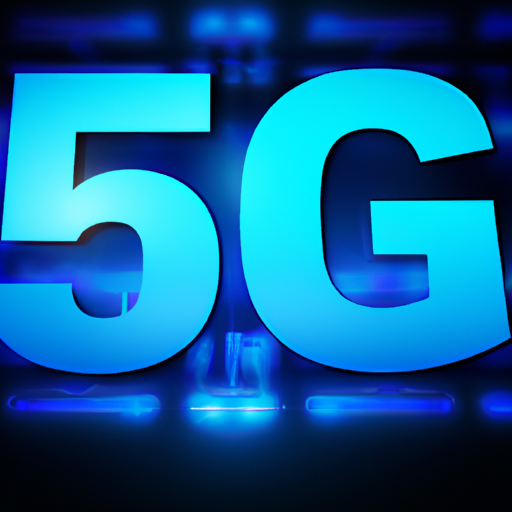As we delve deeper into the 21st century, the realm of quantum computing continues to expand at a breathtaking pace. This revolutionary technology leverages the strange principles of quantum mechanics to perform calculations at speeds unimaginable for classical computers. In this post, we’ll explore the latest advancements in quantum computing and how they promise to revolutionize various sectors.
Understanding Quantum Bits (Qubits)
The fundamental unit of quantum computing is the quantum bit or qubit. Unlike classical bits that can be either a 0 or a 1, qubits can exist in multiple states simultaneously thanks to a phenomenon known as superposition. Recent research has reported breakthroughs in increasing the stability and coherence times of qubits, enhancing their potential for practical applications.
Notable Breakthroughs in Quantum Algorithms
Quantum algorithms have also seen significant improvements. Researchers are tirelessly working on algorithms that can solve complex problems faster than their classical counterparts. Algorithms such as the Quantum Approximate Optimization Algorithm (QAOA) and Shor’s Algorithm are making waves, with potential applications ranging from cryptography to drug discovery.
Companies Leading the Charge
Tech giants like Google, IBM, and Microsoft are at the forefront of quantum computing research. Google’s recent achievement of quantum supremacy is a testament to the progress made in this field. Meanwhile, IBM has introduced the IBM Quantum Experience, allowing researchers and developers to explore quantum programming through their cloud platform.
The Future of Quantum Computing
The future of quantum computing is brimming with potential. As the technology matures, it promises to solve complex problems in drug development, supply chain optimization, and climate modeling, areas where classical computers struggle. The ongoing collaborations between academia and industry will undoubtedly accelerate these advancements.
Conclusion
In conclusion, the advancements in quantum computing offer a glimpse into a future where computational possibilities expand exponentially. As researchers continue to push the boundaries of what is possible with qubits and quantum algorithms, we can look forward to significant innovations that will transform various industries. Staying updated on these innovations is crucial for professionals in technology, business, and research sectors.
For those interested in learning more about quantum computing and its advancements, follow the latest studies and initiatives spearheaded by key players in this cutting-edge field!











